The content of the article
Egg shells, as fertilizer for the garden, have been used since ancient times. Until now, people are divided into two warring camps. Naturally, these are opponents and supporters. Only those who maintain neutrality do not understand what exactly both sides uphold.
Take supporters. They with foam at the mouth prove the usefulness of eggshells as fertilizers for the garden. They don’t perceive any evidence that calcium is in a difficult to digest form there.
Opponents speak of the complete uselessness of the shell and add that the roots of plants are injured against sharp edges. However, all this is fiction. The eggshell is not so hard. And it does no harm to plants, except for an overabundance and individual intolerance.
Well, we will not enter into this eternal struggle, let them decide where the truth is and where the myth is. We will remain in neutrality, and just talk about the most common options for using eggshells as fertilizer in the garden.
It is used ground or made infusions. In any case, the plants still manage to extract calcium from the shell. Just do not say now that it decomposes in the soil for a very long time. A year after the usual sprinkling of soil from the eggshell there is no trace left.
General rules
You can’t just squeeze an egg shell in a fist like that, and then throw it into the garden. It must first be prepared:
- Rinse the shells thoroughly from the inside, completely washing out the remaining protein. The film is left.
- Now it needs to be completely dried.
- Next, the egg shells are placed on a baking sheet and heated in the oven.
Why is this done? In order to remove protein and any bacteria from the surface. Otherwise, all this mixture instead of benefit will only do harm. Putrefactive processes will begin, the stench will go, mold will develop. And warming up allows calcium to dissolve more easily in the soil.
Tip. So that the shell does not take up much space, grind it after preparation. Just do not spoil the meat grinder knives! Better use a hammer, rolling pin, coffee grinder.
For seedlings
In order to sprout faster and be strong, sprinkle the top with a small amount of finely ground eggshells. When watering, it reaches the seeds and activates their vital processes.
You can not sprinkle the earth, but immediately stir a little powder in water, and water this mixture already. What proportions should be? There is no exact data, but without fanaticism. It is not necessary to pour a thick layer, because the shell is very biologically active. For example, to irrigate seedlings per 1 liter of pure water, a quarter of a teaspoon is enough. Accordingly, the soil is sprinkled quite a bit.
According to reviews, egg shell powder prevents the manifestation of the "black legs". To do this, take 10 egg shells and pour 2 liters of boiling water over them. Now the mixture should be infused for 4 days. Once a day you need to mix it.
After this time, the prepared liquid is used for watering seedlings.
Tip. An excess of calcium in the soil is detrimental to some plants, so do not overdo it.
In the garden
The generally accepted rate of egg shell application as fertilizer is about 2 cups per 1 sq. M. m. But not everyone has the opportunity to collect so many shells. Therefore, it is customary not to scatter them with handfuls on the soil, but add to the hole for planting. By the way, this procedure not only nourishes plants, but also protects young roots from wireworm larvae.
Important! Before using eggshells, be sure to find out the acidity of your garden. On alkaline soils, this fertilizer cannot be used!
But for acidic soils, the shell is only shown. Calcium carbonate perfectly levels the level of acidity in a neutral direction. In this case, only 30 shells per 1 sq. m. Naturally, the finer the grinding, the faster calcium will begin to work. It is recommended to do the procedure before winter digging the soil. In this case, the shell during the cold season will have time to give up most of its nutrients before spring.
Just do not leave shells on the surface of the earth. After your departure, the birds will peck it and nothing will remain.
Liquid fertilizer
There is a recipe for one mixture, which is a real treat for plants. To prepare it you will need:
- barrel of at least 100 l
- 100 prepared and finely ground egg shells
- sheet of iron, plywood or thick film
- a large amount of green grass (nettle, dandelions, chick, woodlice)
- 1 packet of potassium humate
- pure water
Grass is cut and laid in a barrel at half height. Egg shells and potassium humate are poured there. Pour water, not reaching the top of about 15 cm. Cover with a sheet of plywood or a thick film, and forget for 6 days in a sunny place.
Naturally, the smell will be murderous. But what composition will result in the end! Potassium, phosphorus, magnesium, nitrogen, calcium. And in an easily digestible form. And if you add phytosporin to the mixture, then your plants will change right before our eyes. They become stronger and more resistant to disease. Lush greens and early fruiting - this is the result of such top dressing.
Tip. Fertilizer is very concentrated. Therefore, it must be diluted with clean water in a ratio of 1 to 8 or even to 10. Otherwise, there is a high risk of burns not only of the roots, but of the entire green mass.
The second recipe for liquid fertilizer does not require such efforts. But the result of its use is also excellent. For 10 liters of pure water take 40 shells and chopped peels of 1 lemon. All this insist about 4-6 days.
If at the end of the term the liquid starts to smell bad and becomes cloudy, then you did everything right. By the way, be careful. When it comes into contact with skin or clothing, this unpleasant odor is practically not washed off and disappears for a very long time. This fertilizer is less concentrated, but it still needs to be diluted with ordinary water in a ratio of 1 to 3. All crops can be watered with this mixture, preferably under the root. Because calcium is not absorbed by foliar application.
Some recommendations
Opponents of the use of eggshells as fertilizers in the garden say: now the stores are full of lime, chalk, dolomite flour. Why bother?
To which we can answer them: why waste money on lime, when you can just not throw away the shells, but use them?
Do not scatter powder from the shells indiscriminately throughout the site. Always turn on your head. After all, you do not scatter mineral water with handfuls, always sprinkle a little. And egg shells are the same mineral fertilizer. He also needs a little bit.
Some sources claim that in the garden you can only use shells from eggs of domestic chickens. Say, the store ones are not suitable - they will not be of benefit. Let me ask, but does the store shell consist of other trace elements? Absolutely identical pure calcium. And the benefit from him is the same. Therefore, do not discard shells from factory layers. Use them as intended.
Another misconception: you can not use the shell after cooking. Allegedly, all useful elements evaporate. I wonder where? Or does the cooked shell disappear after boiling? Nonsense. Of course, some part of the trace elements passes into the water, but it can also be used for irrigation.
Another myth: brown shells are healthier than white ones. Just do not say exactly what is more useful.Or do they have a different composition? Let's open a terrible secret: the difference is only due to the greater thickness. Accordingly, there are more useful substances per egg. And the composition of the content of trace elements is no different.
For better absorption of calcium by the plant, any bio-fertilizer is added to the infusion of eggshells. It can be Baikal or Spring. And for greater benefit, you can splash a drop of adaptogen - zircon or epin. You will see, your plants will say thanks and thank you with lush growth and rich harvest.
By the way, as a fertilizer, you can use the shell of absolutely any eggs. Quail, goose, duck, peacock, caesar, chicken, even ostrich. True, the latter will have to work hard to grind them into powder or at least break them into small pieces.
The conclusion suggests itself: to use eggshells as fertilizer for the garden, or not - it's up to you. But do not forget that in nature everything has already been invented before you, and there the shells fall exactly on the ground.
Video: organic fertilizers for gardening

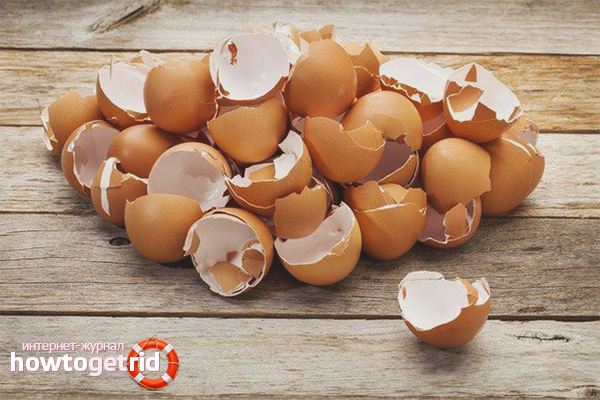
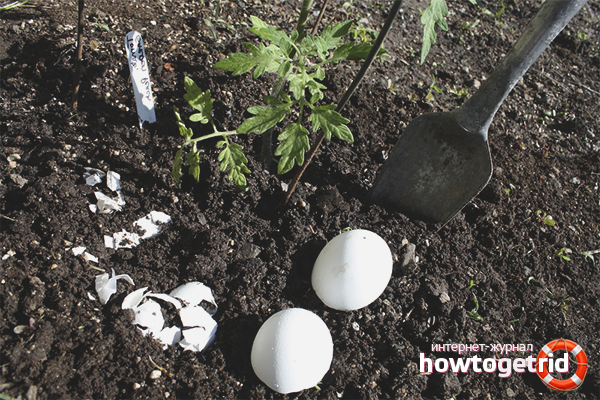
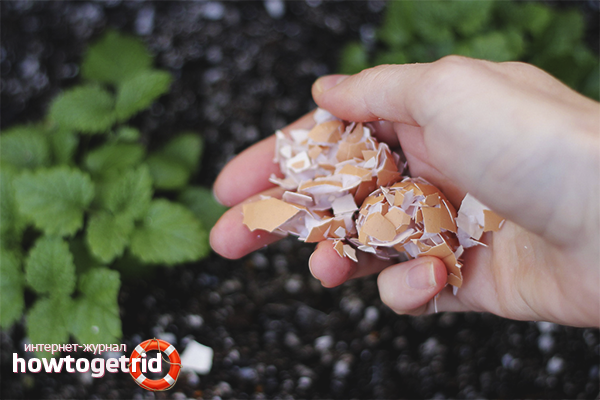
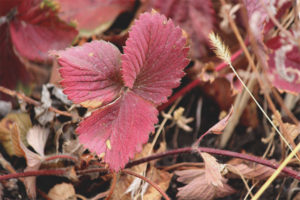
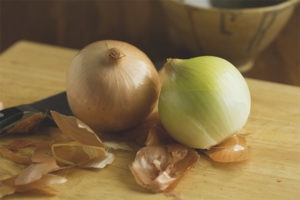
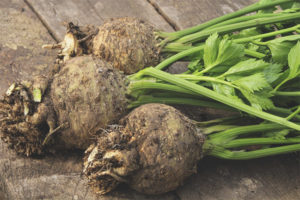
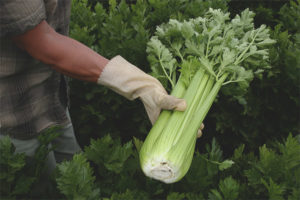
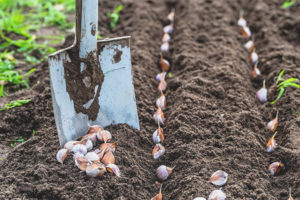
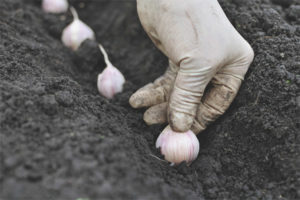
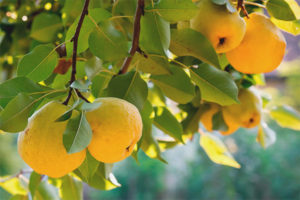
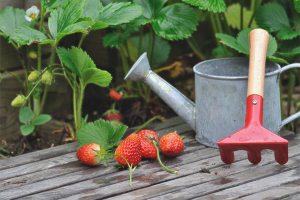
Submit